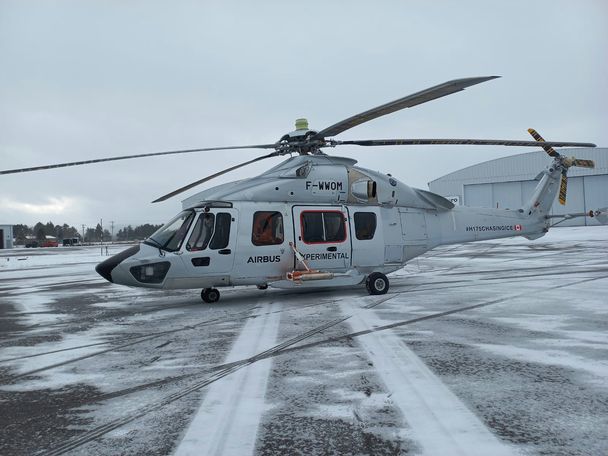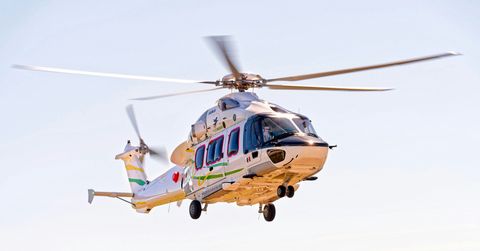Passing the test: the H175 finds a new way home

With the H175 in Iqaluit, Nunavut, for a certification test flight for Transport Canada, an Airbus Helicopters flight test crew calculated that it would take less time to fly several legs back to France across the Atlantic, than go back the way they came and transport the helicopter back by boat, from Baltimore. The result? An adventure for everyone involved.
For experimental test pilot Marc Prunel, flight test engineers Dominique Uhring and Michel Oswald, and mechanic Florian Peley, it takes some time to explain the route of this unconventional ferry flight… “We went from Iqaluit to Pangnirtung, refuelled and headed for Kangerlussuaq, on the west coast of Greenland. We then flew to Kulusuk, which is the only small airfield to the east, and made a second flight when we arrived in Reykjavik for the night. We left Reykjavik, refuelled on the east coast of Iceland and spent a night in Faroes. The next day, we refuelled in Aberdeen, and then landed at Airbus Helicopters Oxford branch. A night in Oxford, two flights and we were back in Provence,” recounts Marc Prunel, test flight pilot. Test Flight Engineer Dominique Uhring pitches in: “It’s a human adventure, because it’s not something you do every day with such a small crew.”

Adventurous it may have been, but this was not a ferry flight of fancy. On the contrary, the seamless manner in which the H175 handled the journey proved its exceptional range, robustness and particularly the maturity, reliability and efficiency of its Full Icing Protection System. After a successful de-icing campaign, the ferry flight was just additional proof of how well the H175 is able to perform in extremely cold weather. In short, the ultimate ‘demo flight’. As Florian Peley explains, “we have really shown that for a super-medium helicopter in its class, which is not a large helicopter after all, without an auxiliary tank, it was capable of flying Instrument Flight Rules (IFR) legs of some 420nm. That is an amazing practical demonstration of the H175’s performance, robustness and maturity to evolve throughout this flight envelope.”
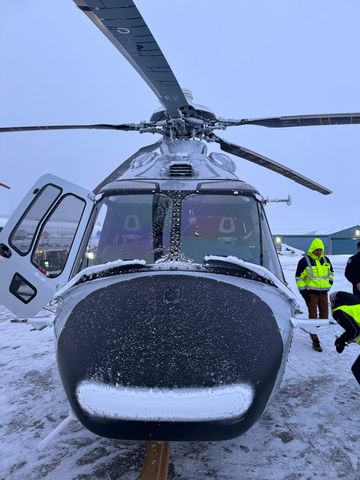
This experience marked the end of the de-icing campaign for the H175, but also represented a more personal milestone for one of the crew members. This was the last mission of Michel Oswald’s career, who is now embarking on a more leisurely journey - his retirement. While he may have been part of the ferry flight crew, Oswald believes that this milestone was special for everyone involved with the H175 programme: “For all those who have worked in the Design Office, production, flight testing, the other crew members, in short everyone who’s been part of this campaign: we’re going to end this with something meaningful, something beautiful, plain and simple.”
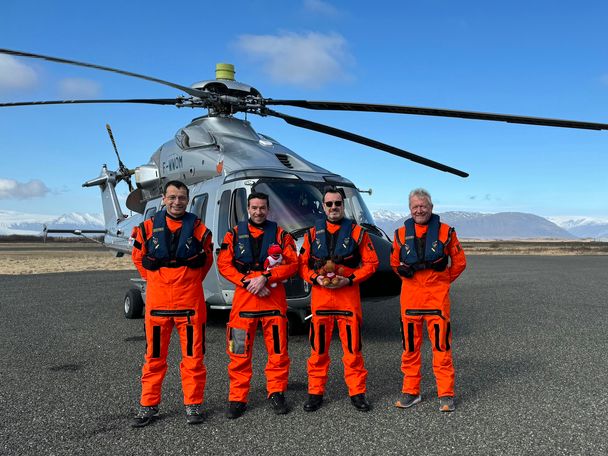
With a route flying over extensive arctic glaciers and long stretches of Atlantic Ocean, preparation was vital. The helicopter was equipped with polar and maritime survival kits. The preparation paid off, though and the helicopter performed brilliantly, as Peley explains: “There were no moments of pressure – but it was a lot of work, as soon as one flight is over, you’re already thinking about the next and in the evening, you’re preparing for the next day. You prepare both the flights and the weather forecast. There were no unforeseen mechanical problems, no breakdowns, no unforeseen weather conditions.” Greenland
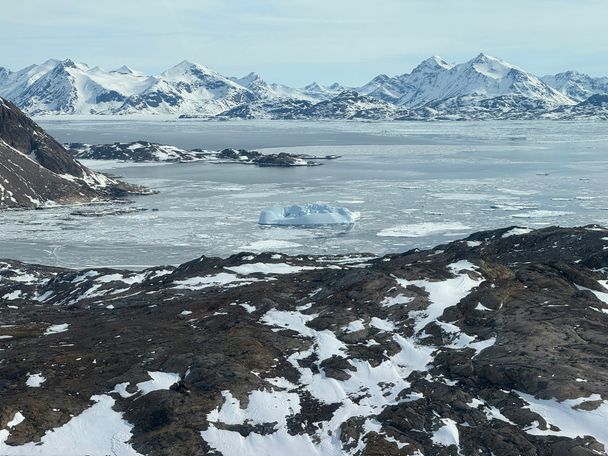
The upside? Absolutely spectacular views as Prunel describes “there are some things that are unforgettable. Whether it’s pack ice, icebergs, glaciers or frozen fjords... I mean Greenland just happens to be the biggest glacier in the world... When we saw Iceland, a land that’s both snow-capped and lava-filled, we’d been flying over water for several hours, when all of a sudden, we saw the first peaks of the island in the distance, covered in snow. It was beautiful. We saw the volcano smoking. ”
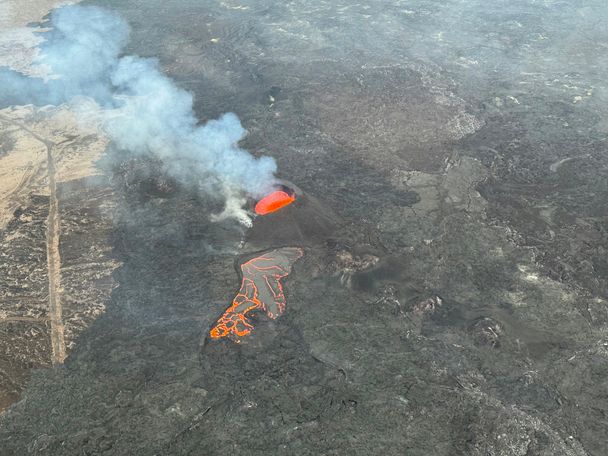
Better together
Such an endeavour wouldn’t have been possible without complete trust and confidence in one another. Uhring explains: “It’s a team effort, everyone looking out for one another, to make sure that no one flinches on a trip that we know is going to be long, with the possibility of the unexpected.” As a token of this singular journey, the crew brought a special guest onboard: a plush moose. Peley explains: “This is a testament to where the de-icing campaign of the H175 took place. This little moose travelled with us from Canada to France and even got its very own picture as part of our travel diary online.”
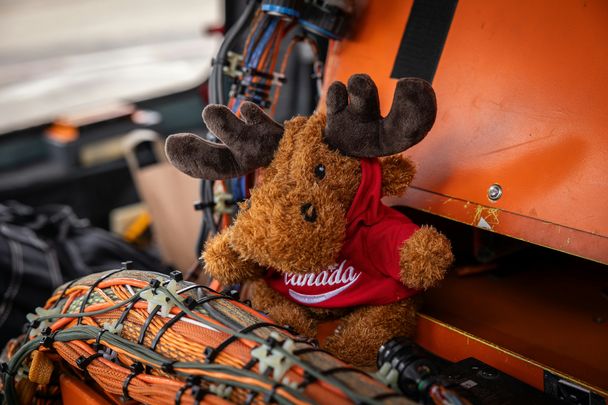
As they finally touched down in Marignane, they were greeted with a water salute and welcomed by a squad of people who had been following their incredible journey. “I realised that they had been following us on our journey day after day,” notes Prunel. “People saw our progress every day, every step of the way. It was moving to see those who were there to welcome us back, to see that it was a real adventure. If I had to pick one memorable experience out of my career at Airbus, this ferry flight was a special gift,” concludes Michel Oswald.
